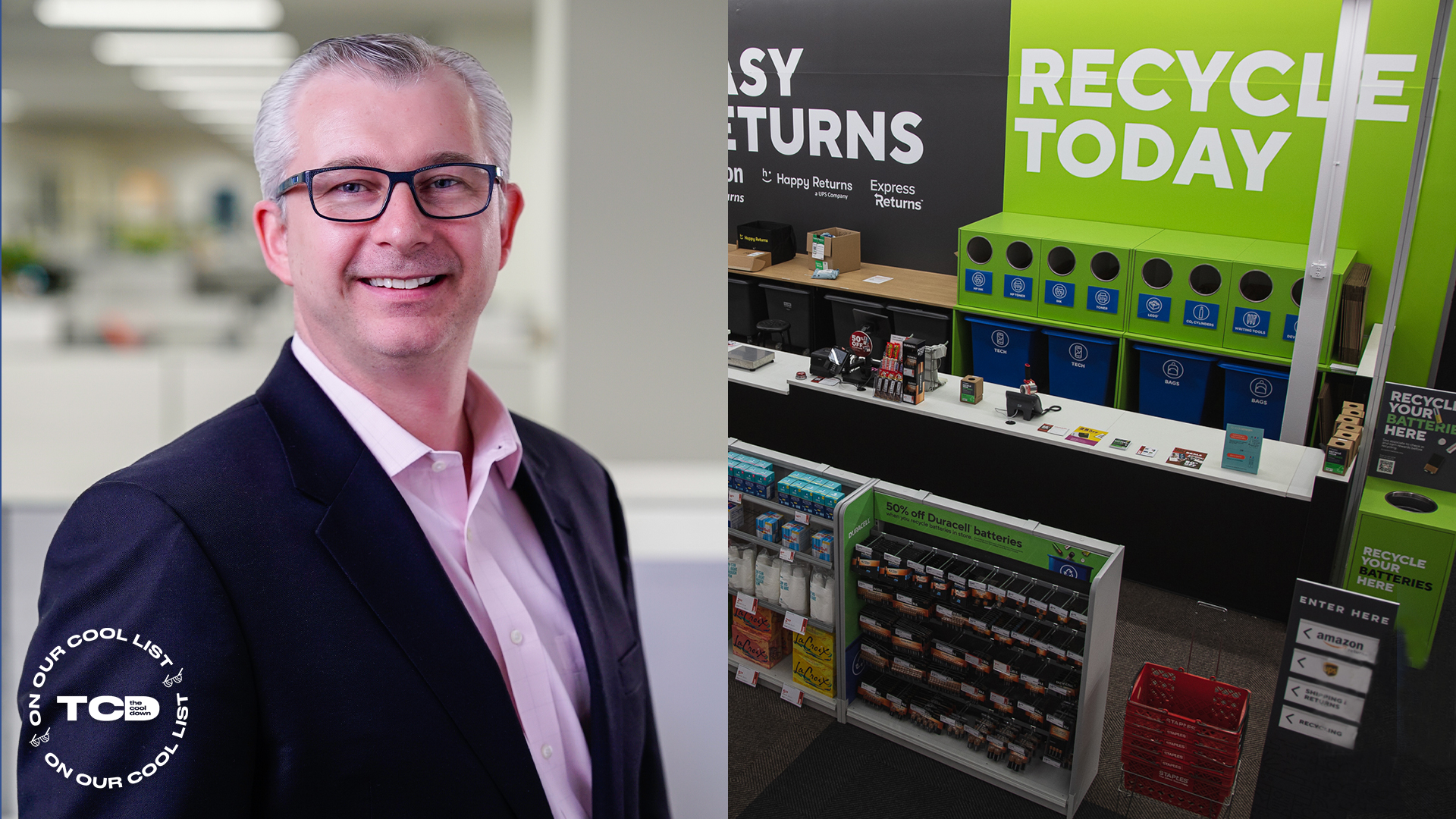- 10 Posts
- 107 Comments

 1·6 days ago
1·6 days agoAre you using musicbrainz picard to tag your collection, or something more manual?

 121·7 days ago
121·7 days agoBut how else will I be able to market and sell my cancer treatments/drugs? /s

 3·7 days ago
3·7 days agoJust ran this on my entire music library of 73000+ songs. Worked like a charm.

 3·15 days ago
3·15 days agoMad Men the picnic scene.
Littering wasn’t a concern back then. When Don casually tossed the can aside, I was astonished and confused. Then to make matters worse, Betty shakes off the rubbish from the picnic blanket onto the ground before heading to the car. Not a care in the world at all.
https://www.youtube.com/watch?v=roREnVhd_og
Try to do the same today and a park would be filled with plastic wrappers in a few days.

 27·16 days ago
27·16 days agoThat’s the thing, when people hear the term micro they still (for some reason) assume its something they can see with their naked eyes. Kind of like those plastic pellets put into handsoaps a while back that are now band.
In reality microplastics are everywhere there is plastic, and they are released all the time at a microscopic level. Meaning you actually need a microscope to see them. Its like a fine dust.
Now think of all the plastic items you use and come in contact with.
Toothbrushes for example, each time you brush your teeth the brisels break down at a microscopic level and are released. The plastic utensils you use either in the kitchen on your pans, or the single use ones for food, they all slowly release plastics. That plastic cutting board, or boiling water in a plastic kettle, yup they all also release plastic.
Pretty much everything breaks down at a microscopic level, that is how knives become dull, or how items show wear and tear over time.

 6·20 days ago
6·20 days agoSpooky action at a distance.

 12·22 days ago
12·22 days agoAnd on 1 transistor there are 3 pins. When you put 1 and 3 together you get 13. Coincidence?! I think not!
Any chance Jellyfin and Finamp have a music playlist and mix building feature?
Plex has this with Plexamp but I have not had a chance to look into jellyfin to see if a plugin offers something similar.
I hate building playlists, Plex offers a few different options like sonic sage, sonic adventure, artist mix builder, and automatic mixes based on past listening history.

 11·27 days ago
11·27 days agoJokes on you, in most cases I deploy in 2-3 seconds.

 3·1 month ago
3·1 month agoKind of like asking “are we living in a simulation”, but not wanting to know the answer. Even if you really strongly believe its true.
The difference between this AI app and Twitter being, you know its a simulation.
Does that make it any less real though would be the question, once you knew?

 9·2 months ago
9·2 months agoI like to walk around with a open bathrobe, hope no one walks in.
This should help explain it.
I used this guide for a nvidia shield to de-bloat the OS. You may be able to follow the de-bloat instructions here for any other android device.

 2·3 months ago
2·3 months agoComes down to personal preferences really. Personally I have been running truenas since the freebsd days and its always been on bare metal. There would be no reason you could not virtualize it, and I have seen it done.
I do run a pfsense virtualized on my proxmox VM machine. It runs great once I figured out all the hardware pass through settings. I do the same with GPU pass through for a retro gaming machine on the same proxmox machine.
The only thing I dont like is that when you reboot your proxmox machine the PCI devices dont retain their mapping ids. So a PCI NIC card I have in the machine causes the pfsense machine not to start.
The one thing to take into account with Unraid vs TrueNAS is the difference between how they do RAID. Unraid always drives of different sizes in its setup, but it does not provide the same redundancy as TrueNAS. Truenas requires disk be the same size inside a vdev, but you can have multiple vdevs in one large pool. One vdev can be 5 drives of 10tb and the other vdev can be 5 drives of 2tb. You can always swap any drive in truenas with a larger drive, but it will only be as big as the smallest disk in the vdev.

 2·3 months ago
2·3 months agoIntel Core i5 CPU 750 @ 2.67GHz with 16gb ram 165TB of storage. Motherboard is a Asus Delux 10+ years old. And a 10gb NIC. All inside a fractal Design XL case.
The hardware is by all means not top of the line, but you dont need much for a NAS.

 4·3 months ago
4·3 months agoI personally run truenas on a standalone system to act as my NAS network wide. It never goes offline and is up near 24/7 except when I need to pull a dead drive.
Unraid is my go to right now for self hosting as its learning curve for docker containers is fairly easy. I find I reboot the system from time to time so its not something I use for a daily NAS solution.
Proxmox I run as well on a standalone system. This is my go to for VM instances. Really easy to spin up any OS I would need for any purpose. I run things like home assistant for example on this machine. And its uptime is 24/7.
Each operating system has its advantages, and all three could potentially do the same things. Though I do find a containered approche prevents long periods of downtime if one system goes offline.

 2·3 months ago
2·3 months agoNo worries, VMware or some of the other virtualization software’s should work in this case as most other comments pointed out. Probably the most simple and straight to the point.
If you have the urge to tinker, another potential item or route you can look at is a proxmox machine. You can run multiple VMs in tandem at the same time. This would run on a standalone machine.
You would then be able to remote desktop into any virtualized OS on your home network. You can use a software like parsec which I like to access each machine from a clean interface.









Open a wealthsimple account that let’s you trade crypto